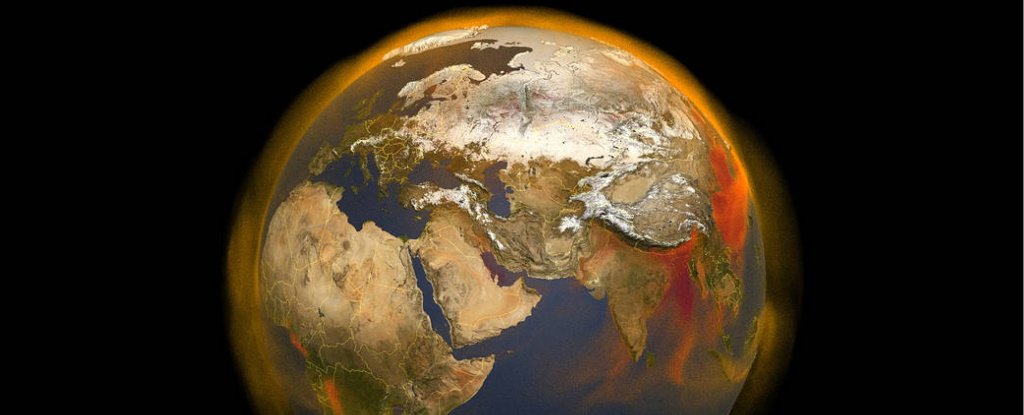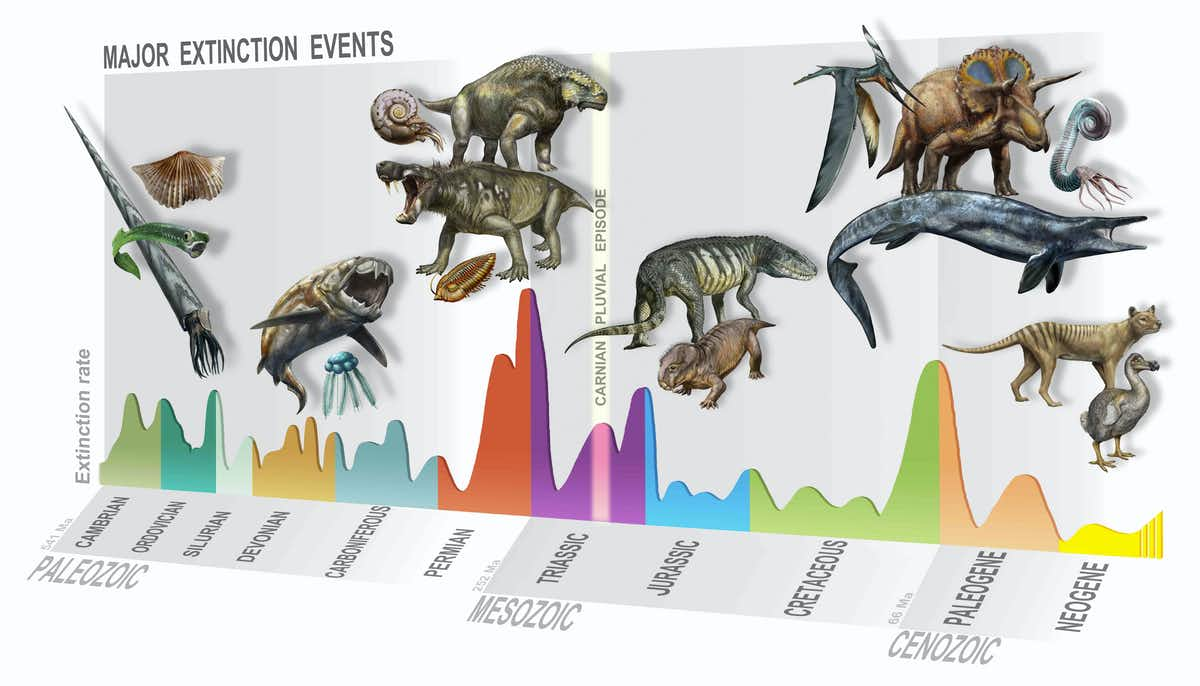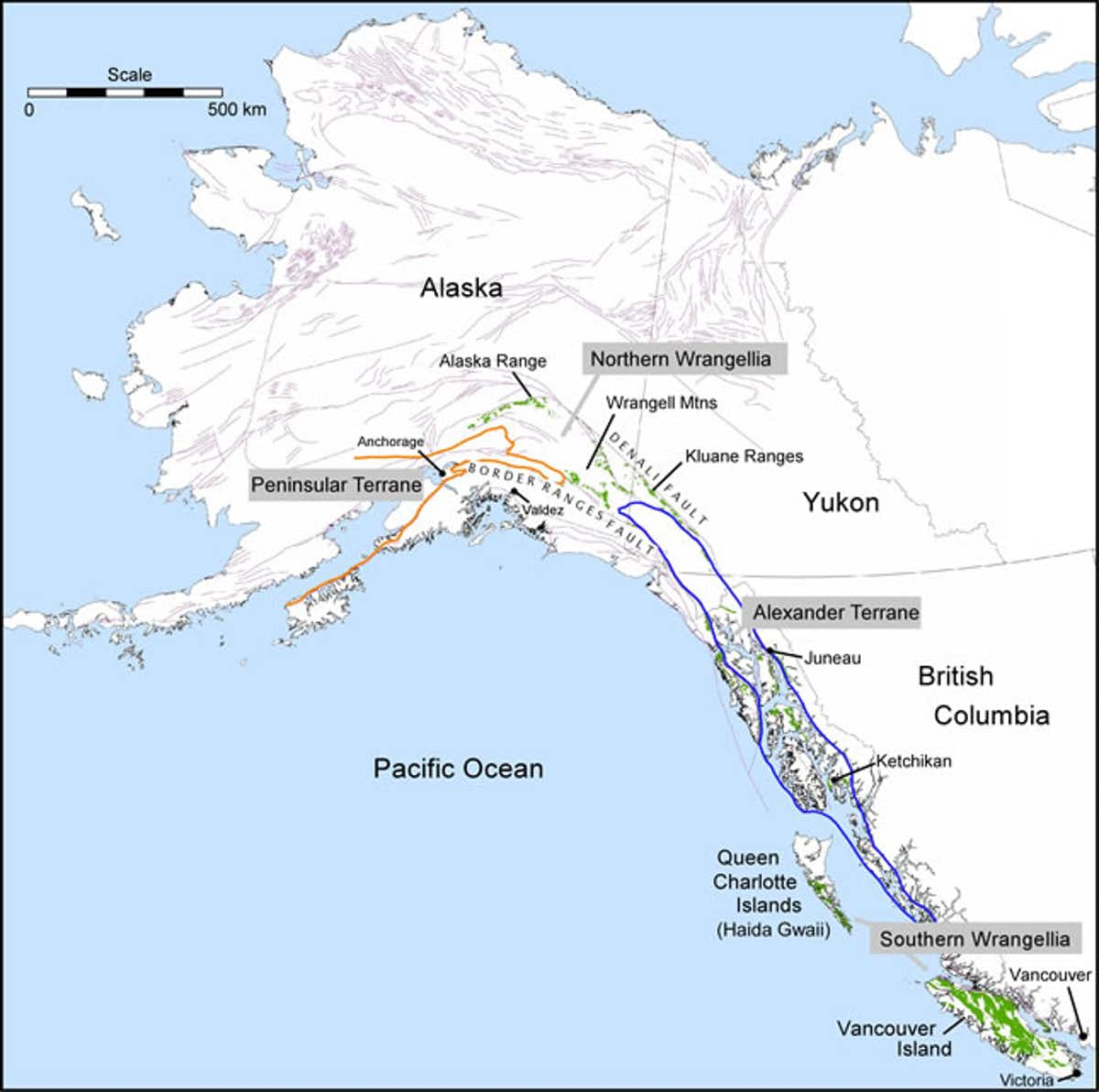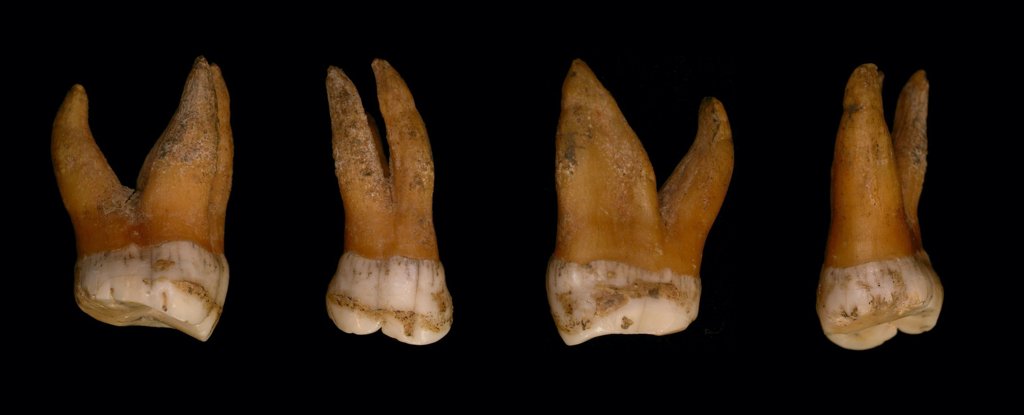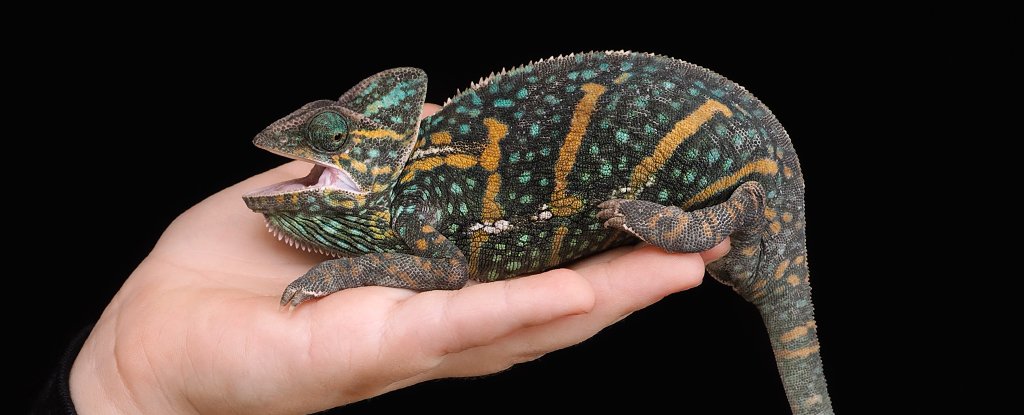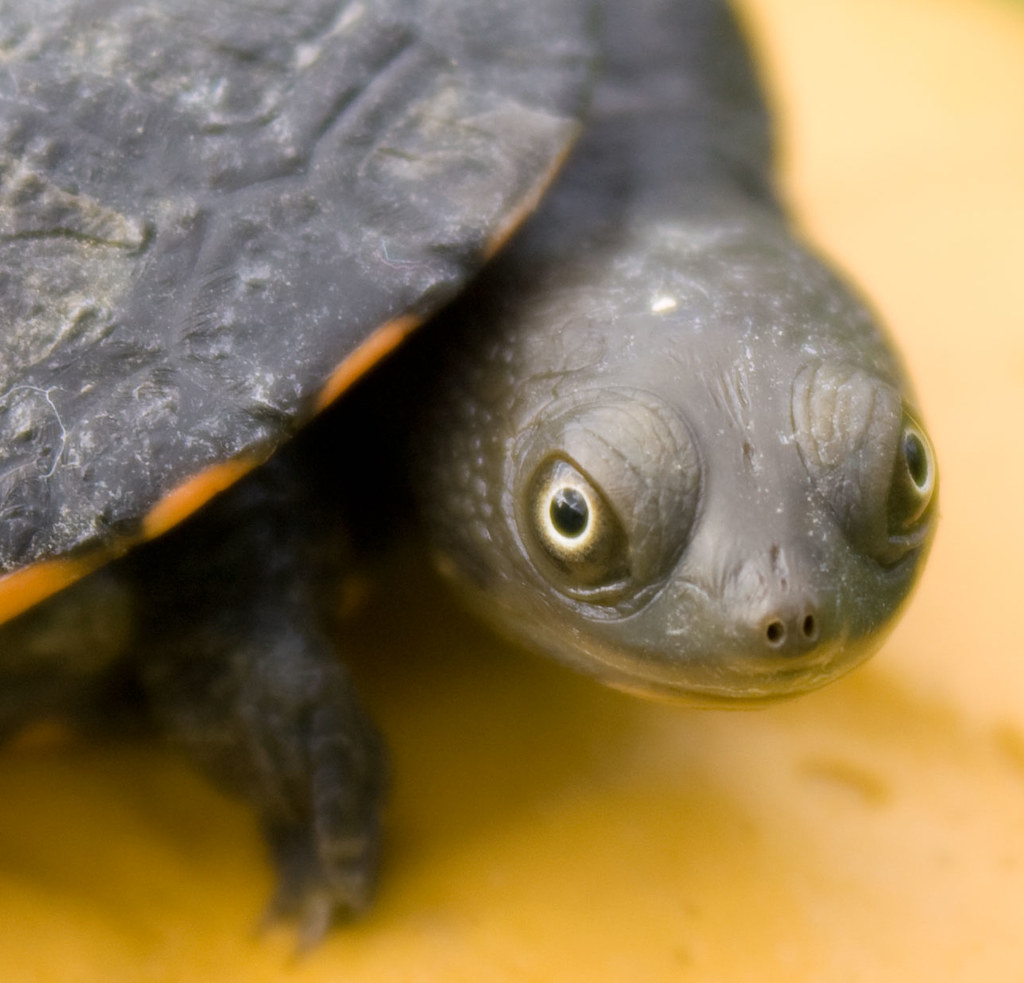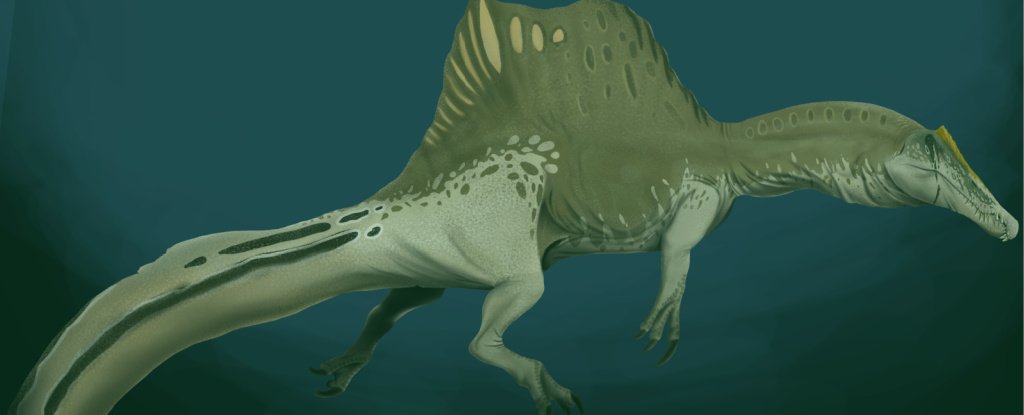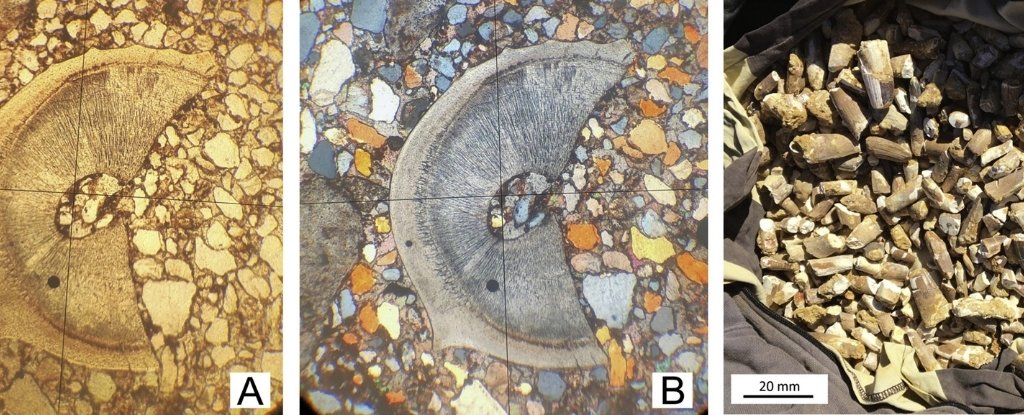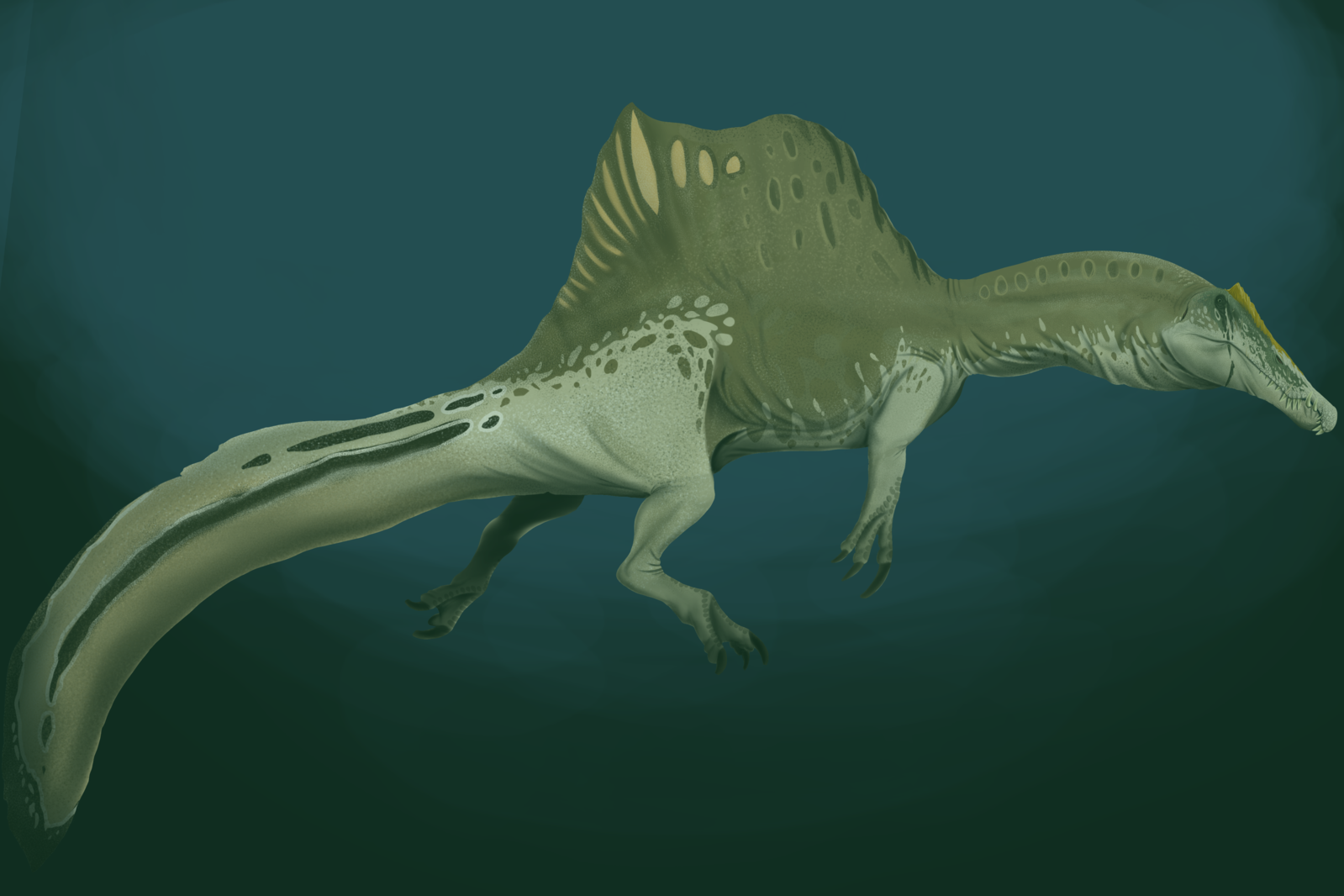Nessie sceptic saw something fishy during Loch Ness walk!
By Louise Glen- louise.glen@hnmedia.co.uk
26 September 20

Corey Sturrock on the banks of Loch Ness where he observed a large eel shape in the water...Picture: Gary Anthony..
A Nessie sceptic has been converted after spotting a giant creature rise out of the water while out for a walk.
Corey (23) and Lauren (22) Sturrock were walking at Dores on Saturday at around 3.40pm when they saw something the “size of a bus” emerge from the depths.
Mr Sturrock, who is a full-time carer for his wife, said he has always dismissed any talk of the Loch Ness monster, but after seeing the eel-like fish believes that there is something lurking in the waters that is quite unbelievable.
Mr Sturrock said he was reluctant to come forward in case people thought he was claiming to have seen Nessie.
But he said there were a number of people on the loch-side who saw the same thing.
He said: “I have been camping and walking on Loch Ness my whole life and I have never believed in the Loch Ness monster.
“But what my wife and I saw was something quite extraordinary and I would like to know if other people have seen the same.
“It was, what looked like to me and Lauren, like a massive eel. It was the size of a bus.
“It was massive.
“We saw the water rippling as if something was swelling, and that is what grabbed our attention.
“We then saw this thing, that looked like a massive eel rise from the water, and then go back under again.
“There was a large swell.
“Other people walking on the same path saw it as well.
“I reached for my phone – but it was all over in a matter of about 10 or 20 seconds – and it only showed itself for a few seconds. By the time I got my phone out it had gone underneath again.
“It didn’t look like all those Nessie drawings with the humps – it was just a large, or very large eel.
“After never believing there was anything in the loch, and no basis for belief in the Loch Ness monster, I would say that perhaps there are large eels in the water – and when they emerge they may look like a monster.
“Whatever it was it was some size.”
Not including Mr and Mrs Sturrock’s experience, seven Nessie sightings have been recorded in 2020 so far.
The latest in the Official Loch Ness Monster Sightings Register was added on August 29 after photos were taken by tourist Mr Van-Schuerbeck.
A spokesman for the register
said he spotted an “unexplained phenomenon” when he looked back at photos taken near Point Clair.
A long-distance walker was also convinced earlier this month he captured the shadowy shape of the Loch Ness Monster while hiking between Fort Augustus and Invermoriston.
A Nessie sceptic has been converted after spotting a giant creature rise out of the water while out for a walk.
Corey (23) and Lauren (22) Sturrock were walking at Dores on Saturday at around 3.40pm when they saw something the “size of a bus” emerge from the depths.
Mr Sturrock, who is a full-time carer for his wife, said he has always dismissed any talk of the Loch Ness monster, but after seeing the eel-like fish believes that there is something lurking in the waters that is quite unbelievable.
Mr Sturrock said he was reluctant to come forward in case people thought he was claiming to have seen Nessie.
But he said there were a number of people on the loch-side who saw the same thing.
He said: “I have been camping and walking on Loch Ness my whole life and I have never believed in the Loch Ness monster.
“But what my wife and I saw was something quite extraordinary and I would like to know if other people have seen the same.
“It was, what looked like to me and Lauren, like a massive eel. It was the size of a bus.
“It was massive.
“We saw the water rippling as if something was swelling, and that is what grabbed our attention.
“We then saw this thing, that looked like a massive eel rise from the water, and then go back under again.
“There was a large swell.
“Other people walking on the same path saw it as well.
“I reached for my phone – but it was all over in a matter of about 10 or 20 seconds – and it only showed itself for a few seconds. By the time I got my phone out it had gone underneath again.
“It didn’t look like all those Nessie drawings with the humps – it was just a large, or very large eel.
“After never believing there was anything in the loch, and no basis for belief in the Loch Ness monster, I would say that perhaps there are large eels in the water – and when they emerge they may look like a monster.
“Whatever it was it was some size.”
Not including Mr and Mrs Sturrock’s experience, seven Nessie sightings have been recorded in 2020 so far.
The latest in the Official Loch Ness Monster Sightings Register was added on August 29 after photos were taken by tourist Mr Van-Schuerbeck.
A spokesman for the register
said he spotted an “unexplained phenomenon” when he looked back at photos taken near Point Clair.
A long-distance walker was also convinced earlier this month he captured the shadowy shape of the Loch Ness Monster while hiking between Fort Augustus and Invermoriston.
